Latest News
Kitchen Chat and more…
Kitchen Chat and more…
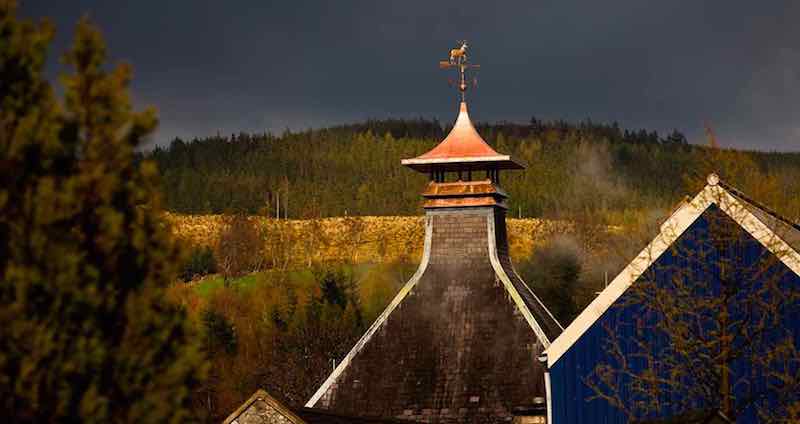
Picture Credits: www.glenfiddich.com
Glenfiddich is the world’s best-selling single malt owned and produced by William Grant & Sons in Dufftown, Scotland. Better known as a Speyside single malt, Glenfiddich clinched the most awards at the International Spirits Challenge so far. It is one of the few Scottish distilleries that are family-owned with its current owner being the fifth generation of William Grant’s descendants.
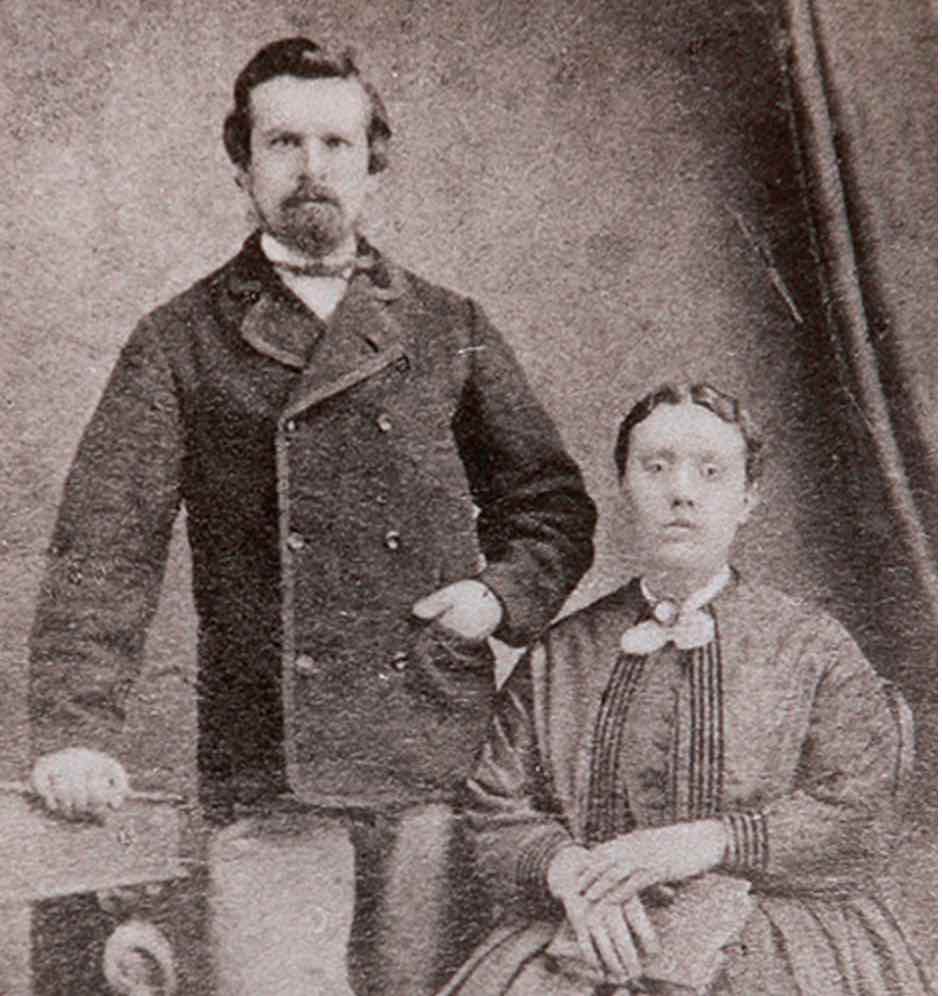
Picture Credits: www.glenfiddich.com
William Grant was a visionary of his time. For 20 years, he harboured the dream to “make the best dram in the valley”. He realised his dream in the summer of 1886, where he, together with his 7 sons and 2 daughters, set out to build the distillery by hand, with only one stone mason to help. It was completed one year later.
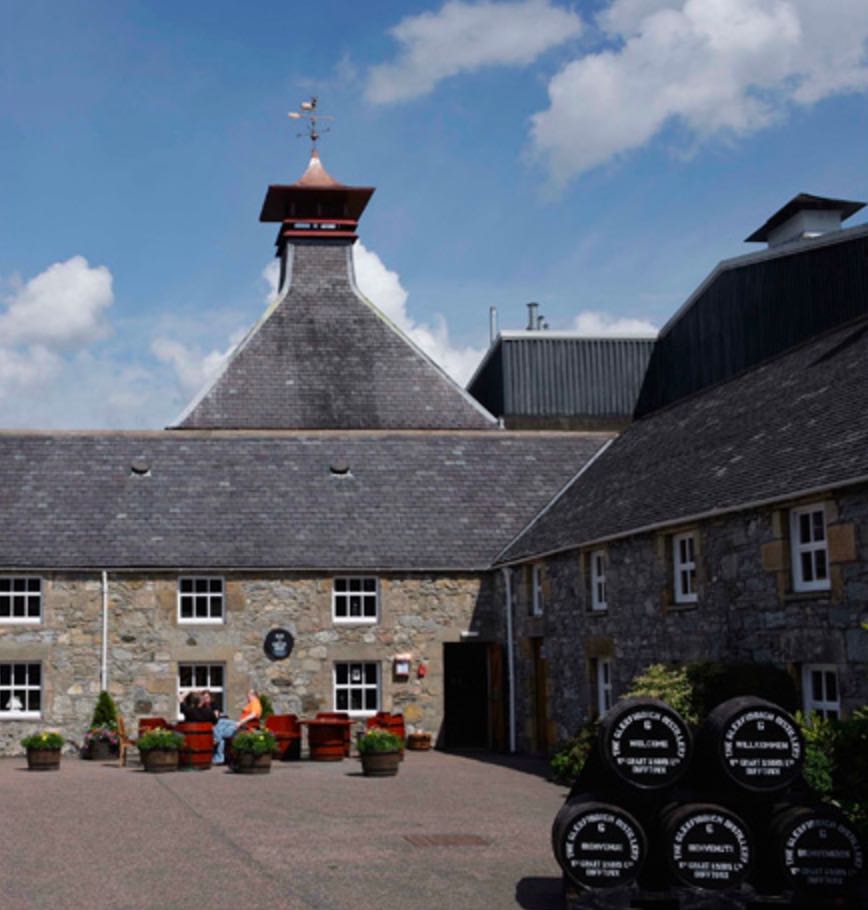
Picture Credits: www.glenfiddich.com
William named the distillery “Glenfiddich”, which is Gaelic for “Valley of the Deer” and a stag became the distillery’s symbol. The first drop of spirit ran on Christmas Day, 1887. It was a memorable day; one that paved the way for Scotland’s single malts.
William’s grandson, Gordon Grant joined the family distillery in the 1920s, when Prohibition was in full swing. Instead of halting distillation, he increased whisky production. Due to his insights, Glenfiddich was one of the 6 operating distilleries in Scotland with fine, aged whiskies, ready to be sold, after the Prohibition ended.
In 1957, Charles Gordon (William’s great grandson), built an onsite infrastructure that included having coppersmiths onsite to maintain their copper stills. A dedicated cooperage followed in 1959. These 2 infrastructures proved to add strength to Glenfiddich as it made them self-sufficient later. Almost at the same time, Glenfiddich also launched its now-iconic triangular bottle, which houses all their liquids up till today.
The 1960s to 1970s were tough years for whisky distilleries. Many of the smaller, independent ones were either bought over or closed down. William Grants & Sons increased the production of their whisky and introduced both advertising campaigns as well as a visitor centre in order to survive the tough years. This period effectively marked the “birth” of modern-day single malt category as the company decided to market single malt as a premium brand in its own capacity.
It is interesting to note that William Grant & Sons are also one of the pioneers to package its bottles in tubes and gift tins. They also understood the importance of duty-free markets for their whiskies. These marketing strategies worked for the brand, and it grows to become the best-selling single malt in the world today.
Glenfiddich whisky is produced at its distillery in Dufftown, Speyside. They take water from the Robbie Dhu springs and use various oak casks sourced from the Caribbean and America (Rum and Bourbon) as well as sherry butts from Jerez, Spain. The distillery has 28 hand-made copper pot stills and a team of coppersmiths maintain them on site. Glenfiddich has an extensive range of whisky from the core to the rare and the experimental.

Picture Credits: www.glenfiddich.com
The core range includes their signature 12 YO, 15 YO, 18 YO and 21 YO. Each whisky is finely crafted to their individual taste profiles. The core range is popular and is enjoyed by many whisky drinkers around the world.
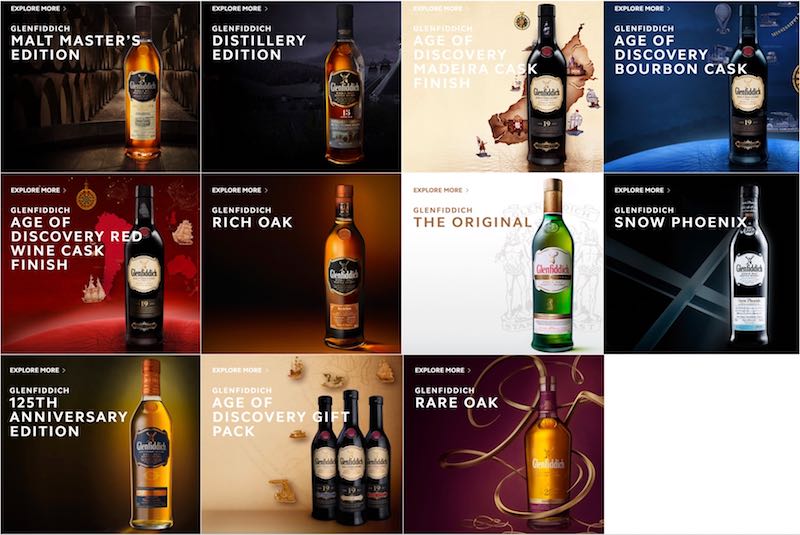
Picture Credits: www.glenfiddich.com
The special edition range consists of expressions bottled for a reason. For example, Glenfiddich Snow Phoenix was created in 2010 after warehousemen worked 24/7 to rescue maturing casks in minus 19-degree Celsius after extreme snow collapsed some of their warehouse roofs. Snow Phoenix was the result of the marrying of the finest of those rescued casks.
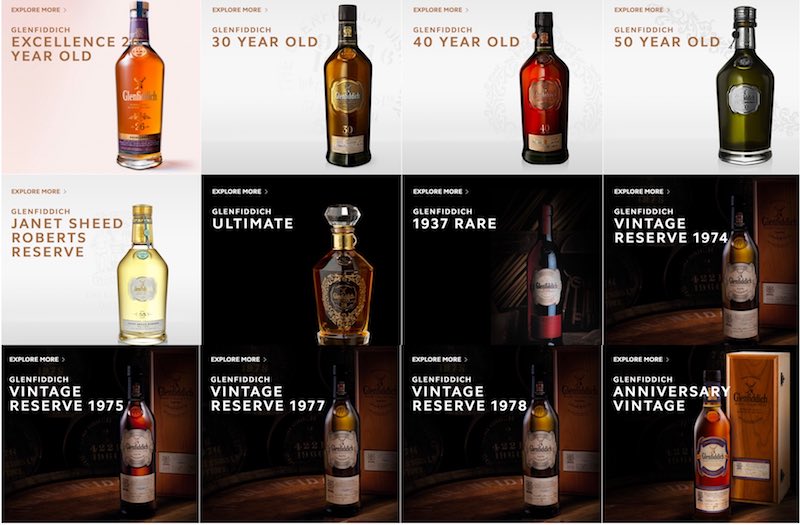
Picture Credits: www.glenfiddich.com
The rare and vintage collection is Glenfiddich’s most exclusive and oldest single malt whiskies. The distillery auctioned these bottles for charity and broke records all over the world.

Picture Credits: www.glenfiddich.com
The Cask Collection is Glenfiddich’s global travel retail edition. They represent the family’s pioneering and innovative spirits.
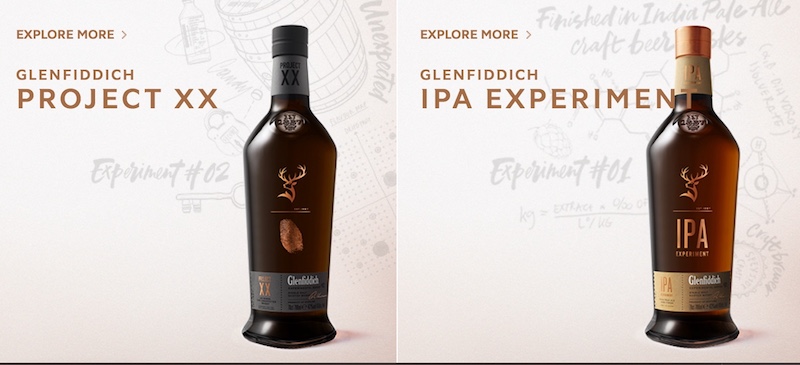
Picture Credits: www.glenfiddich.com
This ground-breaking series of single malt whisky is the proof of the family’s philosophy of freedom and possibilities. Both of these expressions came from collaborations between Malt Master Brian Kinsman and someone outside of the distillery.
William Grant & Sons continues to bring exceptional whiskies to the international market with their Glenfiddich creation. There is no doubt that future generations of the family will continue the proud tradition of Glenfiddich and bring it to greater heights. We look forward to more amazing creations from the distillery in the future.
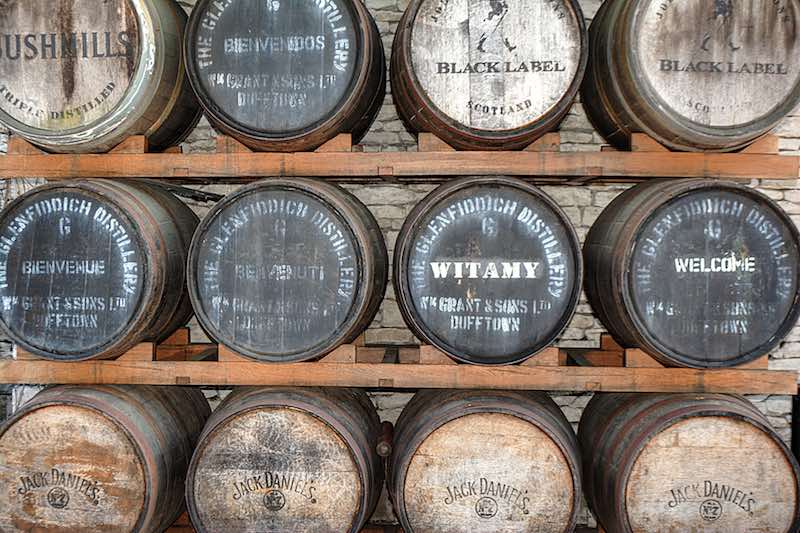
We have written about the different types of casks in our previous post, so now it is time to dive deeper into the wood itself to find out how it influences the final whisky produced. Two predominantly different types of wood are used for casks and both influence the liquid maturing in them differently.
| Type of Wood | Effect on Taste |
| American White Oak | Vaniila, Caramel, Soft, Mellow |
| European Oak | Bitter, Spicy, Strong Woody Taste |
There are huge differences between these 2 popular oak casks. The American White Oak grows in the eastern part of America and some parts of Canada. This particular oak tree grows faster than others, making it more affordable as a cask. The dense wood contains a lot of mono-galloyl glucose, which transfers into the typical Bourbon vanilla taste.
The European Oak grows all over Europe, including Russia and Turkey. Its slower growth makes it more expensive and is slightly less dense than the American counterpart. The wood contains Gallic acid. This acid is a pseudo tannin, giving rise to the slightly bitter notes in a whisky matured in European oak when water is added. The European oak also adds to the spiciness of the whisky due to other components within the wood.
The predecessor liquid in the whisky cask also influences in the taste of the whisky. Here’s a table of the different liquids and how they influence the taste of the whisky.
| Predecessor | Type of Liquid | Influence on Taste | Influence on Colour |
| Amarone | wine | very fruity, lightly sweet, lightly dry | dark red |
| Barolo | wine | sweetness, zest, acidity, light fruits | bright to amber |
| Bordeaux (red) | wine | strong red fruits, grapes (wine), berries | red |
| Burgundy | wine | light fresh fruits (citrus, mango), very sweet, | bright to amber |
| Chardonnay | wine | fruits, tannins (bitter), dried fruits, heavy aromas | red |
| Muscat | wine | lean, crisp, acidic, tropical fruits | bright |
| Sauternes | wine | floral , sweet, citrus, peach | bright/red |
| Tokaji | wine | tannins (bitter), dry, raisins, ripe fruits | red |
| Madeira | fortified wine | spiciness, light fruitiness, sweetness, dryness | dark, amber |
| Marsala | fortified wine | sweet, dried fruit, spiciness | red |
| Muscat | fortified wine | lightly sweet, dried fruit, spiciness | red |
| Port (dry) | fortified wine | dry, dried fruit, spiciness | red |
| Port (semi-dry) | fortified wine | very fruity, dark fruits, berries | red |
| Port (sweet) | fortified wine | very sweet, dark fruits, raisins, syrup | amber |
| Ruby Port | fortified wine | sweet, complex, spices | dark red |
| Amontillado | sherry | deep, dark, nutty, dark ripe fruits | red, amber |
| Fino | sherry | very sweet, dark fruits, raisins, syrup | amber |
| Manzanilla | sherry | light fruits, sweetness, dryness, light wood | bright |
| Oloroso | sherry | salty, dryness, sea flavours, fresh, some fruit | bright |
| Palo Cortado | sherry | sweetness, nutty, dry, fresh, acid | amber |
| Pedro Ximenez (PX) | sherry | rich, sweet, dry, sweet spices, fruits | brown |
| Rum (white) | spirit | sweet, molasses, vanilla, tropical fruit, almond | bright |
| Rum (dark) | spirit | sweet, syrup, dark fruits, oak, caramel, vanilla | amber |
| Bourbon | whiskey | vanilla, sweetness, caramel, creamy | golden |
Charring and toasting convert the wood sugar into caramel and vanilla flavours that typically grace whiskies. Toasting means to darken the top of the wood and the depths of the staves. It is identified by a black, flat layer on top. Charring means to burn the wood to a point where the surface breaks. It has an uneven top layer and looks like an alligator skin. The time that the barrel is burned determines the level of charring.
Finally, the number of times that a cask is reused also affects the final whisky. A cask that is reused multiple times releases fewer flavours into the whisky. Usually, the casks are milled and charred again to restore caramel and vanilla flavours for maturation before they are refilled with whisky. The only exception is bourbon, where only fresh casks are used.
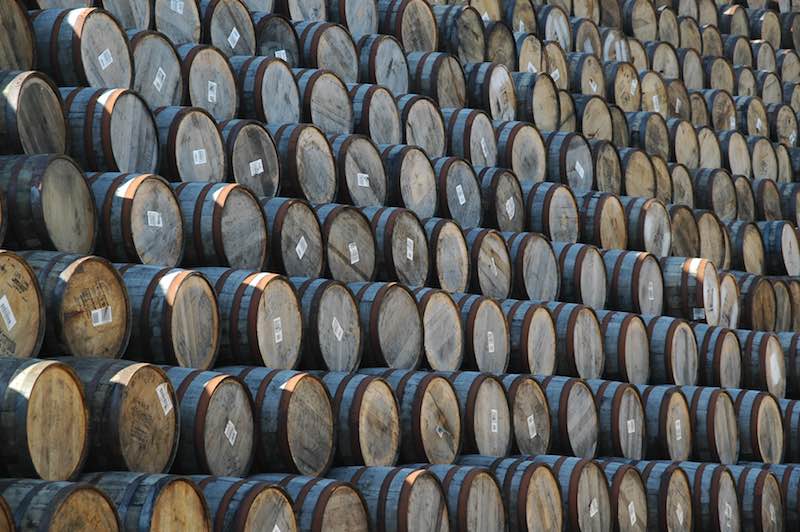
It is common for a bottle of whisky to state the type of cask or barrel used during maturation on the label. It is especially so when you buy a bottle from independent bottlers. Do you know that the whisky cask type and size influence the liquid inside the bottle that you bought?
One of the basic things is to remember that the smaller the cask, the more contact it has with the liquid inside. The contact between the wood and the liquid has a big influence on the final product. Hence, we come up with this short guide to help you understand the different types and size of casks better.
A blood tub is a small cask with a capacity of only 40 litres. It is used in beer making. Distilleries use the blood tub for maturation if they wish to mature a limited run of whisky. The cask has an elongated oval shape that makes transportation easy, even on horseback.
A quarter cask is a smaller version of the American Standard Barrel (ASB), a quarter of its size to be exact. With a capacity of 50 litres, it is one of the most reactive casks for spirits. Whisky distilleries use the quarter cask to give flavours to whisky quickly as the size creates the most contact between the spirit and the wood.
The ASB is a slightly smaller version of a hogshead with a capacity of 200 litres. Created mainly for the ease of use in the modern world, the ASB is made of American white oak that is widely used in the bourbon industry. After its first fill in bourbon, the ASB is popular among the Scottish and Irish whisky distilleries for their whisky maturation.
This is one of the most commonly used casks for whisky maturation. The American white oak hogshead is widely used to mature bourbon as a new cask before shipping out to Scotland and Ireland for the maturation of whisky. Its name comes from a 15th century English term ‘hogges hede’, which refers to a unit of measurement equivalent to 63 gallons. If you have a bottle of whisky matured in a bourbon cask, it is likely to have matured in a hogshead or an ASB.
These are usually known as “wine casks” as they are widely used throughout the wine industry. They are different from the other casks and barrels because they are not bounded by mental hoops. Instead, they are bounded by wooden stripes. These casks are normally used in the whisky industry to give a “wine cask finish” to the final whisky.
There are 2 types of puncheon. The common puncheon is made of thick staves of American oak with a short, fat body. It is used for the rum industry. The other type of puncheon is made of thinner staves of Spanish oak with an elongated body. It is used for the sherry industry. Both types of puncheon are used to finish whisky. They both have a capacity of 500 litres.
A butt also has a capacity of 500 litres. Made mostly from thick staves of European oak, this tall, narrow cask is widely used in the sherry industry in Spain. Butts are the most common type of sherry casks found in the whisky industry.
A port pipe looks like a regular barrel that is stretched from both ends. It is made from thick staves of European oak and has the capacity of 650 litres. It is used to mature port wine and normally used as finishing in the whisky industry.
This is a short, fat and dumpy barrel with a wide diameter. Its capacity is 650 litres as well. These drums are solely used in the Madeira wine industry and occasionally used as a finish in some whiskies.
Gorda is a huge barrel with a capacity of 700 litres. It is made of American oak and occasionally used to mature whisky. Most of the time, it is used for the marrying of different whiskies for blended or vatted whisky production.
11311 Harry Hines Blvd
Dallas, TX, United States
(555) 389 976
dallas@enfold-restaurant.com
